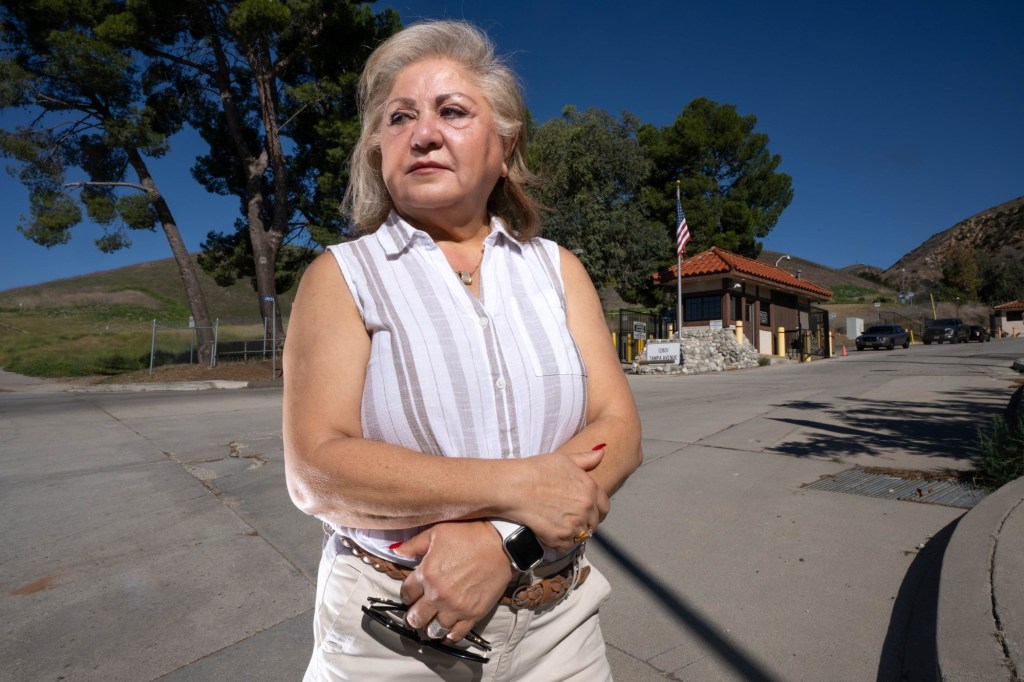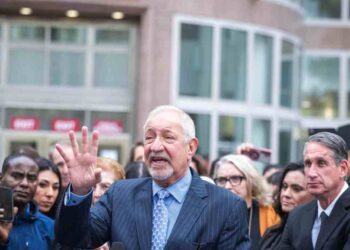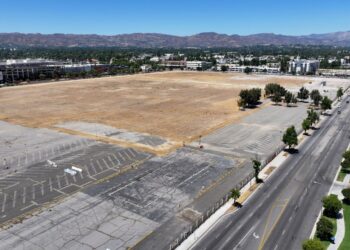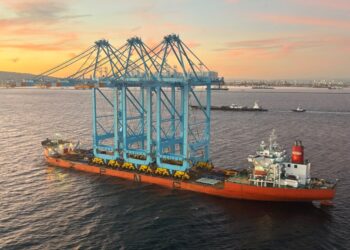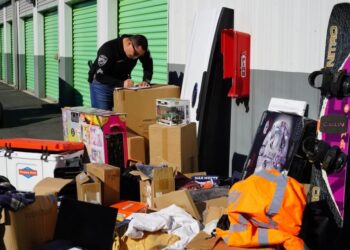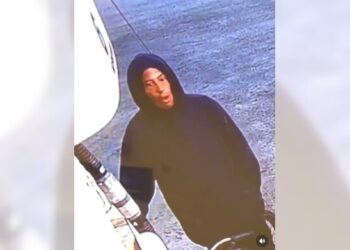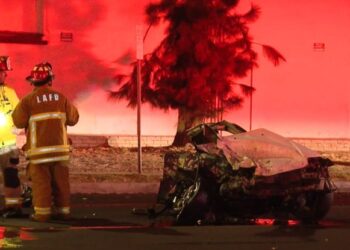Helen Attai remembers being sick for weeks in the fall of 2015, and blamed her headaches and nose bleeds on the gloomy weather. To fight her symptoms, Attai took long walks on winding trails in the Santa Susana mountains near Aliso Canyon.
Then in January 2016, a few months after the nation’s largest gas leak spewed methane into communities near an underground storage facility owned by SoCalGas, Attai read in a newspaper that Porter Ranch residents near the months-long leak suffered from nosebleeds, headaches and dizziness.
She finally put the two together. “I said: ‘Wait, they have the same symptoms that we’ve been having,” said Attai, a resident of Granada Hills and co-founder of the Aliso Moms Alliance group.
Puzzled why she hadn’t heard from any government agencies about the largest natural gas leak in U.S. history, she picked up the phone and called SoCalGas — owner of the massive underground natural gas storage facility in Aliso Canyon — to find out if her neighborhood in nearby Granada Hills was safe from exposure to the leaking methane.
Their response shocked her.
“They told me ‘You need to evacuate right now,’” she said. “They told me we could be affected.”
The 2015 blowout emitted more than 110,000 metric tons of methane and other chemicals into the air, forcing thousands of families within a five-mile distance to relocate.
Today, eight years after the disastrous leak, Attai still questions why government agencies and elected officials didn’t do more to protect families like hers during and after the devastating gas leak.
Today SoCalGas continues to store, inject and withdraw billions of cubic feet of methane from the field, the second largest natural gas storage facility in the Western U.S. Recently, state officials in Sacramento allowed the gas company to expand its capacity and add more methane to the underground field located in the hills north of Porter Ranch and near schools, homes and kids’…
Read the full article here

